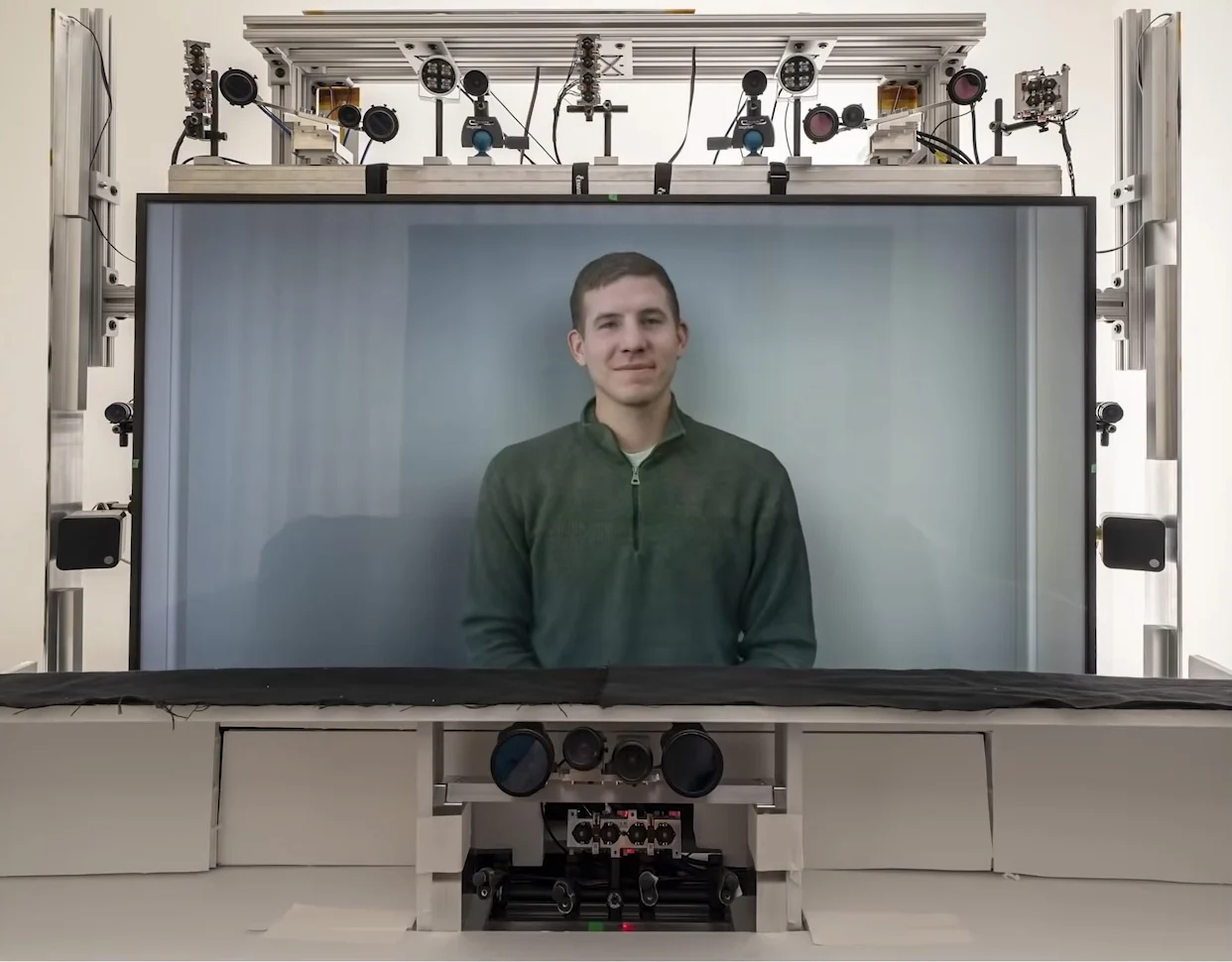In the world of technology, Google has been at the forefront of innovation, constantly pushing the boundaries of what is possible. Recently, the company unveiled its latest groundbreaking project, known as Project Starline. This innovative endeavor aims to transform remote communication by offering a lifelike, immersive experience that bridges the physical distance between individuals. In this article, we will explore the details of Google’s Project Starline, its underlying technology, potential applications, and the impact it may have on the way we connect and collaborate in the future.
Introducing Project Starline:
Google’s Project Starline is a state-of-the-art technology that enables high-resolution, real-time 3D video conferencing. Unlike traditional video calls, which rely on flat screens and two-dimensional representations, Project Starline utilizes a combination of advanced hardware and software to create a more immersive and realistic communication experience. It aims to make people feel like they are sitting face-to-face, regardless of their physical location.
How Project Starline Works:
At the heart of Project Starline is a specialized display technology that creates a three-dimensional representation of the person on the other end of the call. This is achieved through a combination of depth sensors, high-resolution cameras, and custom-built algorithms. The system captures and renders the individual in real-time, considering their movements, facial expressions, and gestures. The result is a lifelike representation that gives the illusion of being in the same room.
The Immersive Experience:
Project Starline goes beyond standard video conferencing by providing a more immersive experience. The high-resolution display, coupled with the use of depth sensors, creates a sense of depth and spatial awareness. Users can perceive the other person’s presence in a way that feels more natural, as if they are sharing the same physical space. This enhanced level of realism can facilitate more meaningful interactions, fostering collaboration, empathy, and a deeper connection.
Potential Applications:
While Project Starline is currently in the early stages of development and only available in select Google facilities, it has the potential to revolutionize various industries. For businesses, it could transform remote collaboration, enabling teams to work seamlessly across different locations as if they were in the same room. In healthcare, Project Starline could facilitate remote consultations between doctors and patients, allowing for more accurate diagnoses and personalized care. It also holds promise for education, enabling immersive virtual classrooms and remote learning experiences.
Challenges and Future Outlook:
Despite its remarkable potential, Project Starline faces several challenges. One significant hurdle is the scalability and cost of the technology. The complex hardware setup required for the immersive experience may limit widespread adoption. Additionally, ensuring data privacy and security is crucial, as the system captures and processes personal information during calls. Overcoming these challenges will be essential for Google to bring Project Starline to the mass market.
Conclusion:
Google’s Project Starline represents a significant step forward in the realm of remote communication. By leveraging advanced technology to create a more immersive and realistic experience, Project Starline has the potential to revolutionize the way we connect, collaborate, and communicate. While there are challenges to overcome, the possibilities that Project Starline presents are both exciting and promising. As technology evolves and becomes more accessible, we may witness a future where physical distance is no longer a barrier to meaningful human interaction.


